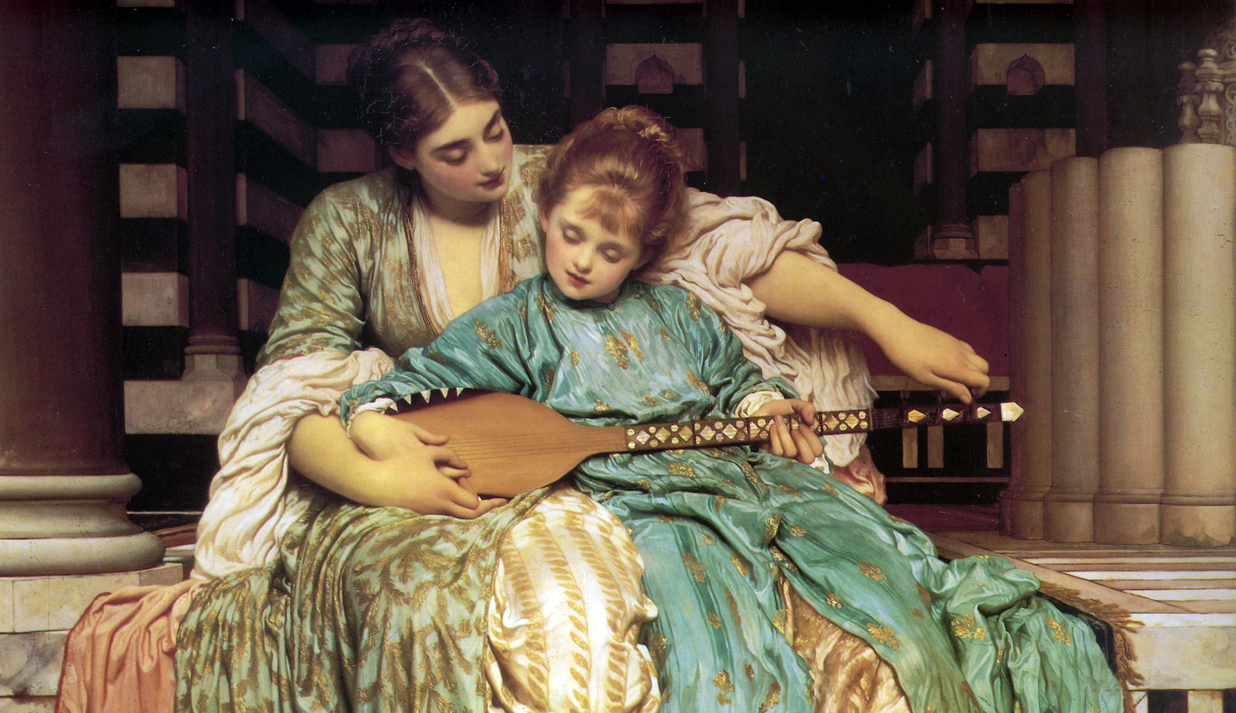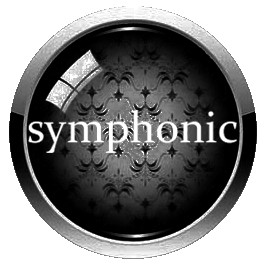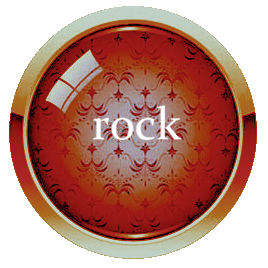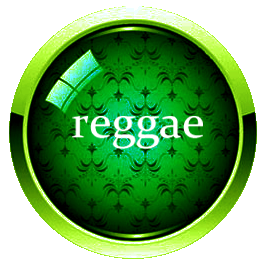
On the Creation of Musical Compositions
- PART II -
by Lee Duane FitzSimmons
There are many ways to create musical compositions, and all of them begin with the initial "seed idea" that serves as the primary catalyst and provides the basic source of inspiration that drives the creative fires of the composer. This basic stimulus and its subsequent development are processes that can be compared to painting a portrait; the canvas is a specified amount of time. Therefore, the elucidations upon this subject can also be transformed and used in many other artistic disciplines. The creative process has multiple elements that are commonly found in many different types of artistic endeavors; thus, it is possible to gain both inspiration and insight from one type of art and then apply it to another.
The most common type of "seed idea" upon which many musical compositions are created is the concoction of a harmonic progression that is generally accompanied by some type of rhythmic factor that further defines the sequence. This type of seed idea is very common because it creates a solid musical foundation upon which a complete song or composition can be created. Adding the other elements is done very easily, and the entire process can be completed in a relatively short period of time. Other kinds of seed ideas that are more melodic in nature do not always provide such a flexible type of blueprint.

Another type of "seed idea" is a basic rhythmic structure. In a practical sense, the use of a basic rhythmic structure is the most sensible way to begin the process of creating a new song or composition because the rhythmic aspect of music is a foundation upon which the entire structure of a song can rest. It is very easy to add the other various elements of the composition on top of a defined rhythmic structure. Since there are no restrictions on the harmonic, melodic, and contrapuntal elements, these other dimensions of music can be readily placed in almost any of the areas of a work in progress.
The last type of "seed idea" that will be discussed is the melody itself. This type of initial creative idea is best when composing more orchestral and layered compositions that are far more dependent upon counterpoint and melody instead of rhythm and/or harmony. Usually, due to the simplicity of the melody in many popular types of music, this type of seed idea is not often used because the melody is usually not the distinguishing feature of the music that tickles the ear. However, in pieces that are far more reliant upon the tonal aspects of music, the melody is often the vital element.
Since the most vital aspect of truly beautiful music is the melody, the creative muses often need additional catalysts with which to perform their creative magic so that they may conjure up this most enchanted dimension of music. When a defined harmonic and/or rhythmic structure is presented to them, they have a prepared stage and scenery upon which to improvise. When they have the melody already defined, they are given the choreography and must follow strict instructions. Thus, the melody is often reserved for the later stages of the composing process.
However, there are often very beautiful exceptions to this rule.
* * *
INDEX
 |
 |
 |
 |
 |
 |
HOME * BOOKS * SANCTUARY * BIOGRAPHY
JAZZ * SYLVAN * ELECTRONIC * SYMPHONIC * ROCK * REGGAE
Copyright 2014 by Lee Fitzsimmons